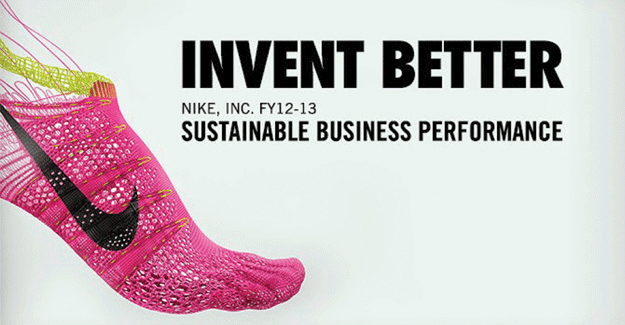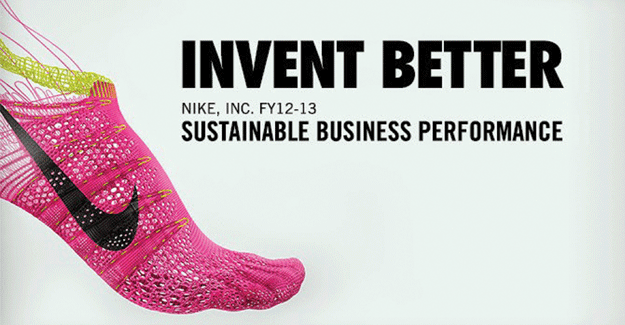
Global: Nike continues to reduce environmental impact
Nike Inc’s FY12-13 Sustainable Business Performance Summary shows the company is making progress across key impact areas of climate and energy, labour, chemistry, water, waste and community.Evidence of the company’s progress includes an absolute reduction of carbon emissions of close to 3% across the whole value chain from its FY11 baseline, while revenue grew 26% over the same period. Production also grew while the company fulfilled its strategic aim to source from fewer, better-performing contract factories, with a 14% reduction – from 910 to 785 factories over the last two years.Some of the challenges in the industry include the rate at which environmentally preferred materials are becoming available at competitive pricing in the market and the rate at which the market adopts new green technologies. In addition, Nike continues to focus on ways to drive ongoing improvements where significant previous reductions have already been realised.The report also outlines the company’s approach to understanding and addressing the meta-trends facing business. In addition, Nike provides a transparent big-picture view of the impacts across its entire value chain, from growing and processing materials to a product’s end of life, and the steps of manufacturing, transport, distribution and selling in between. The report shows how the company is focusing on innovating in the areas where the greatest impacts of its business lie, including materials and manufacturing.
Progress on current goals
The sportswear brand has made the following progress on its current goals:
- Advancement on CO2-reduction target of 20% per unit from FY11 levels through FY15, by reaching a 13% reduction through end of FY13.
- Surpassing targets on water-efficiency goals with contract factories that manufacture footwear. Results included factories using 23% less water per unit in FY13 compared to FY11 – against a goal of a 15% reduction through FY15
- Focusing efforts on more sustainable materials through new innovations (including ColorDry, which eliminates water and process chemicals from materials dyeing; and Flyknit technology, which substantially reduces waste), through industry and government collaboration (including the Sustainable Apparel Coalition and LAUNCH) and through its own design processes (including product and material tools).
- Pursuing greener chemistries with materials suppliers and contracted factories through an agreement with bluesign® to open up its chemical formulation database, enabling access to 30,000 environmentally-better materials.
- Sourcing from contract factories that meet the standards set out in the Sourcing & Manufacturing Sustainability Index Nike released in FY12, which elevated sustainability (including labour and environmental metrics) as an equal performance measure, alongside quality, cost and delivery. Through FY13, 68% of contract factories were rated bronze or better on the index. Nike's FY20 target is to only source from contract factories reaching bronze or better.
“We are constantly integrating more sustainable ways of working across our business. But we recognise that many issues facing business and society are greater than one brand can solve alone. To achieve systemic change we must understand risk and embrace innovation as a way to accelerate positive impacts at scale. Collaboration and unconventional partnerships will be critical to our collective ability to design more sustainable business systems,” said Hannah Jones, Nike, Inc. Chief Sustainability Officer & Vice President, Innovation Accelerator.The summary report is available on an interactive web experience at nikeresponsibility.com. The site features a lifecycle assessment comparing three different footwear styles over a five-year period showing reductions in energy (-24%), emissions (-21%), water (-13%), waste (-35%), and chemicals (-20%) resulting from changes in design, materials and manufacturing processes. It also includes access to a searchable database of all contracted factories, including details of location and workforce.Nike first began reporting its environmental and social performance in 2001. Its work to embed and scale sustainable innovation across the company and its contract supply chain were recently examined in case studies through Harvard Business School and Stanford Graduate School of Business.

Textile Excellence
If you wish to Subscribe to Textile Excellence Print Edition, kindly fill in the below form and we shall get back to you with details.








